In part one of our Pembrokeshire hike, we hiked from Poppit Sands to Goodwick. After Goodwick, the trail continues around Strumble Head, but accommodations here are scarce. There are some holiday cottages, but most rent out by the week. So, to make things easy, we took the bus to St. Davids to make things easier. We used St. Davids as a base from which to make several day-hikes along the coastal path.
St. Davids
St. Davids, is the smallest city in Europe. It’s the size of a village, really, and what makes it a city is that there’s a cathedral here, with a bishop. The cathedral was built a thousand years ago in honor of St. David, patron saint of Wales. St. David is said to have been born on a farm near here, and he is as important to the Welsh as St. Patrick is to the Irish. The cathedral is oddly built in a valley, by a stream, and not on a hill. As such you get a wonderful perspective of the cathedral.
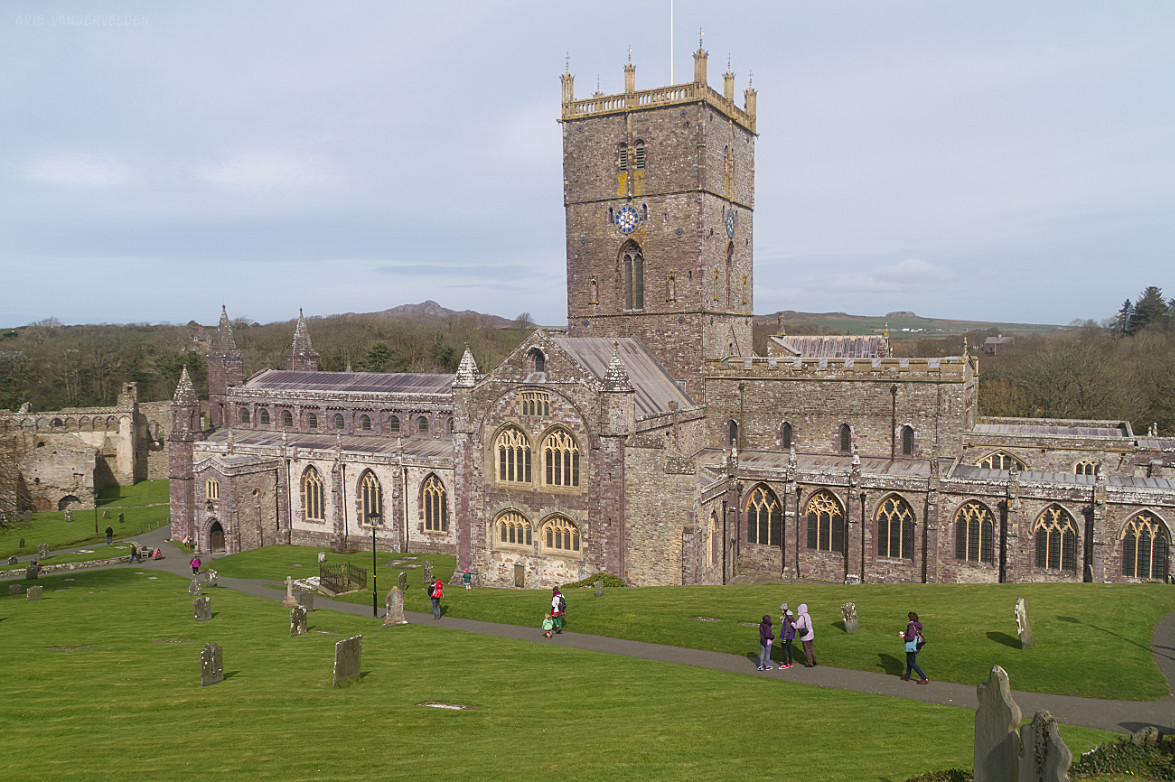
The cathedral was built on boggy ground, and the walls inside slant toward the creek that flows behind it. The site was not leveled before they built on it, and as a result the floor of the cathedral slopes quite a bit.
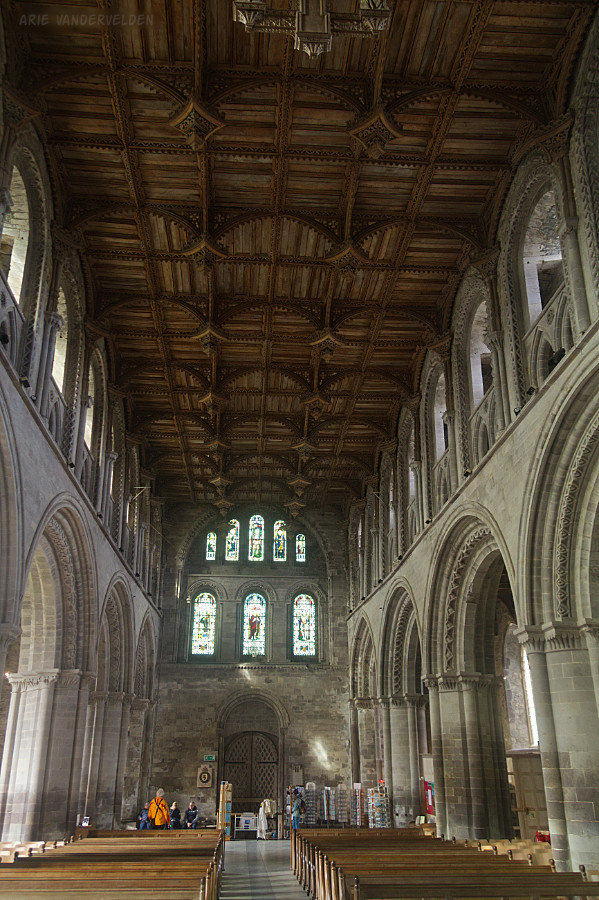
Having a cuppa tea.

St. Non’s
St. Davids is located in the center of a peninsula. St. Non’s, the bit of coast nearest to St. Davids, is about a kilometer hike. St. Non’s is said to be the birthplace of Saint David.
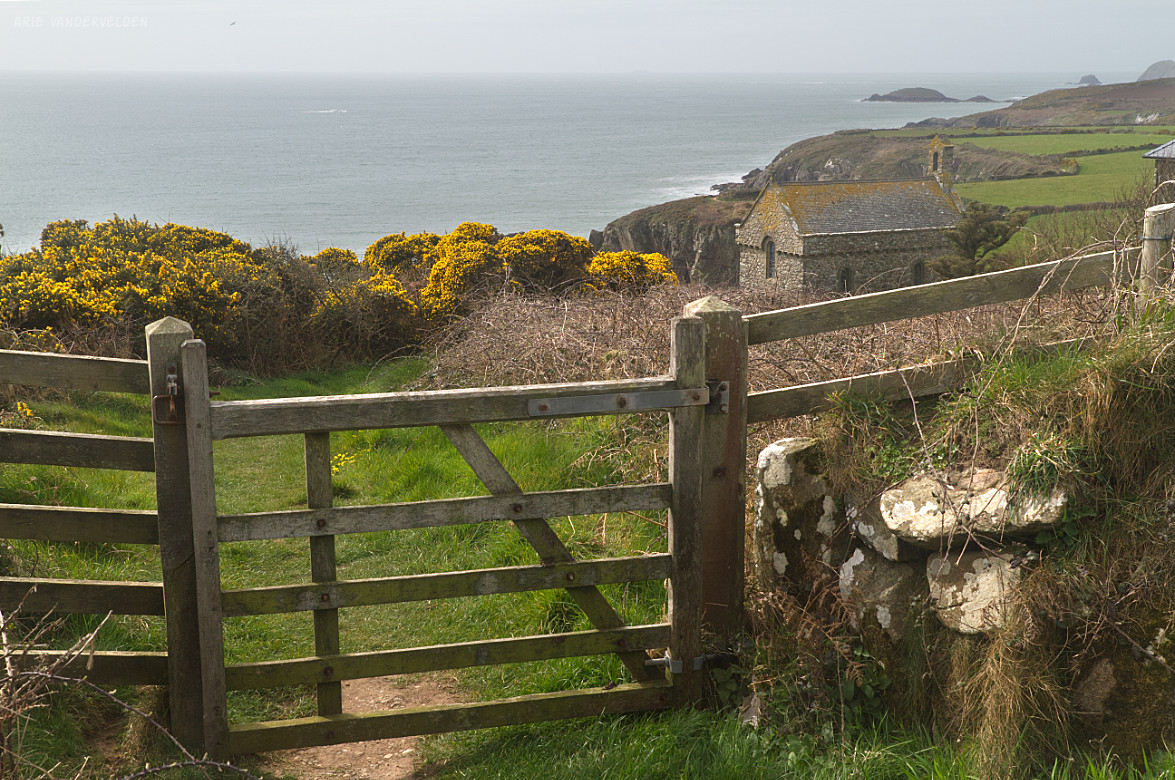
At the site is a spring. The plaque beside the spring says: “Ancient Monument – St. Non’s well. This well is said to have sprung up during a thunderstorm when Saint David was born, around 500 A.D. Its waters are reputed to cure infirmities.”

Nearby is a small cove beach.

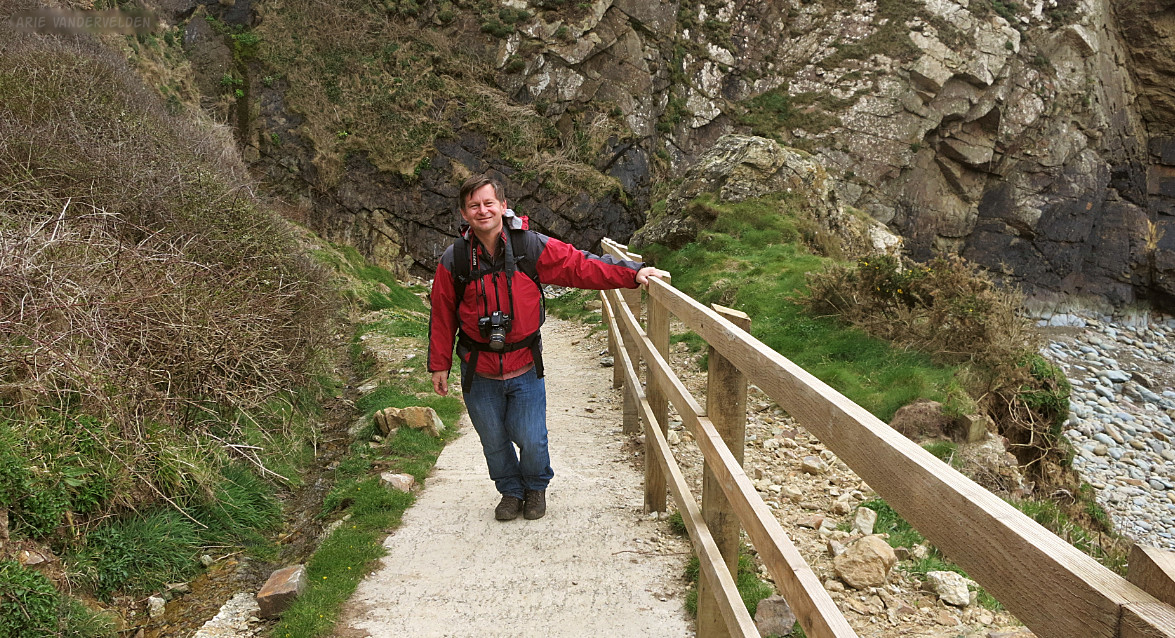
Whitesands Bay to St. Non’s
From St. Davids, we took a bus out to Whitesands Bay and hiked back to St. Non’s and St. Davids via the coastal path. The day started out drizzly, but it wasn’t cold and the winds were light. Then the rain let up. Soon we were shedding our parkas.

Fine coastal scenery. The Cambrian-Precambrian boundary is exposed in the rocks around here. Here is a description of the local geology.
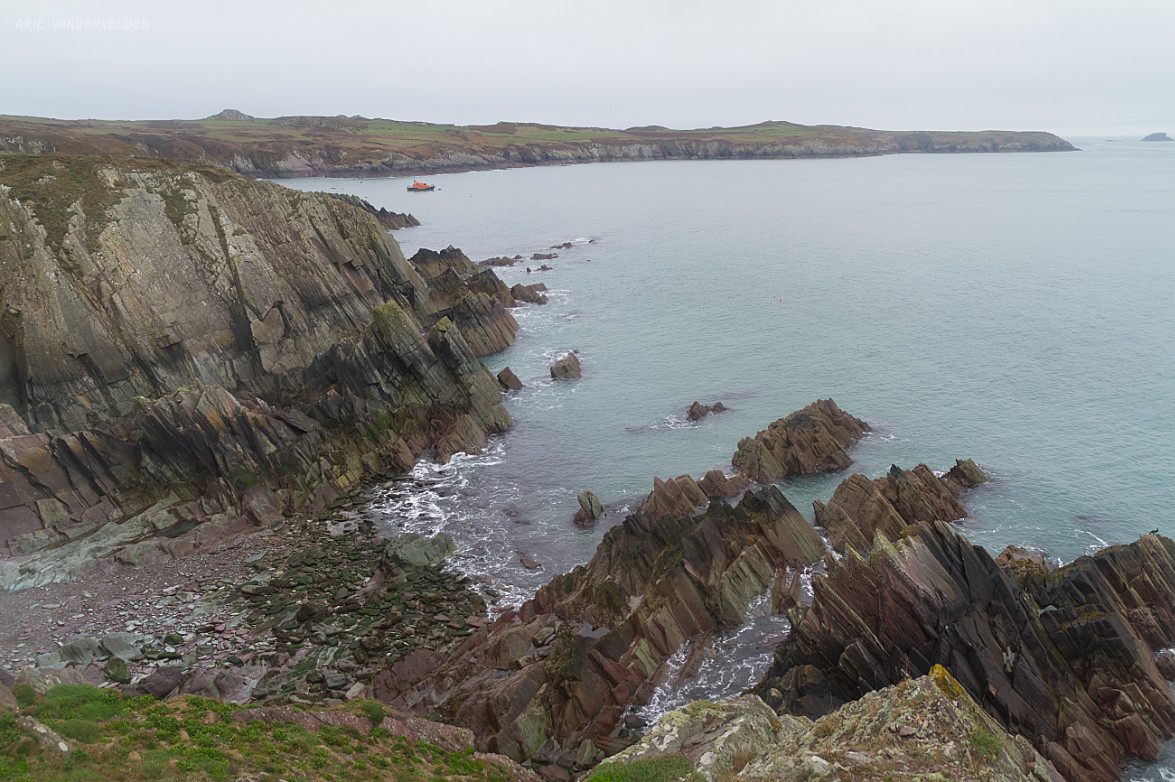
We passed the St. Davids RNLI lifeboat station.

A robin landed in some shrubbery ahead of us. It didn’t seem scared of us. I did not have a telephoto lens with me so I tried to get as close as I could with my 50 mm lens. The bird let me get within half a meter before it flew away.
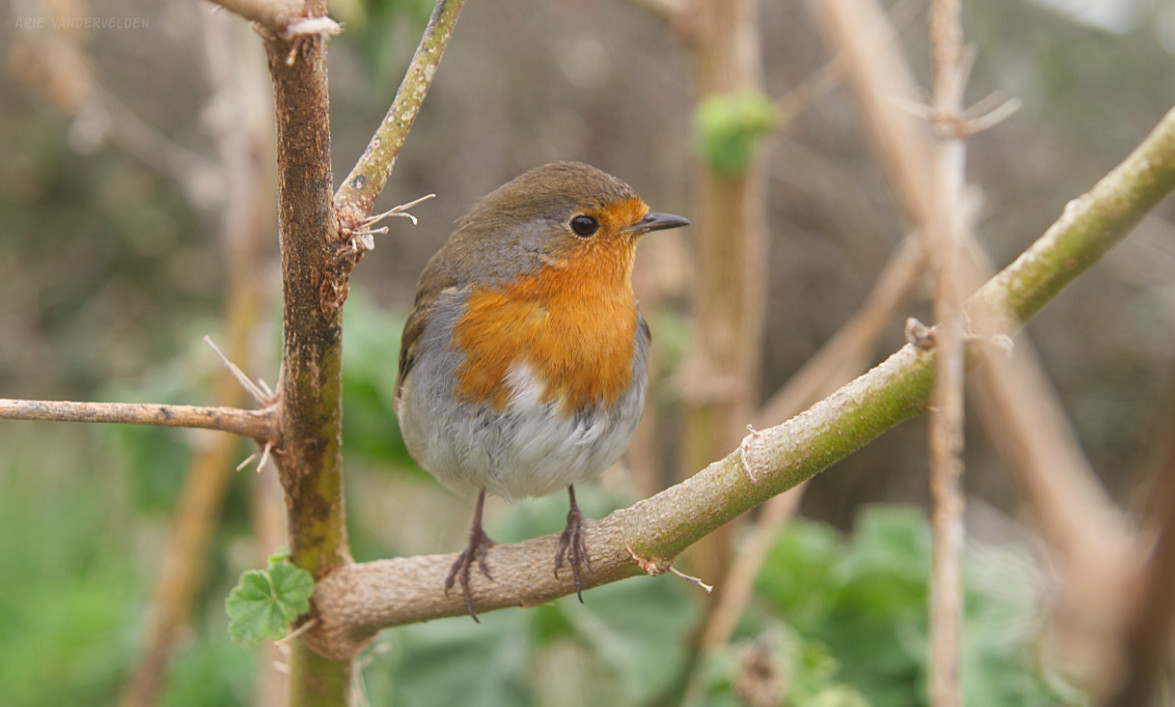
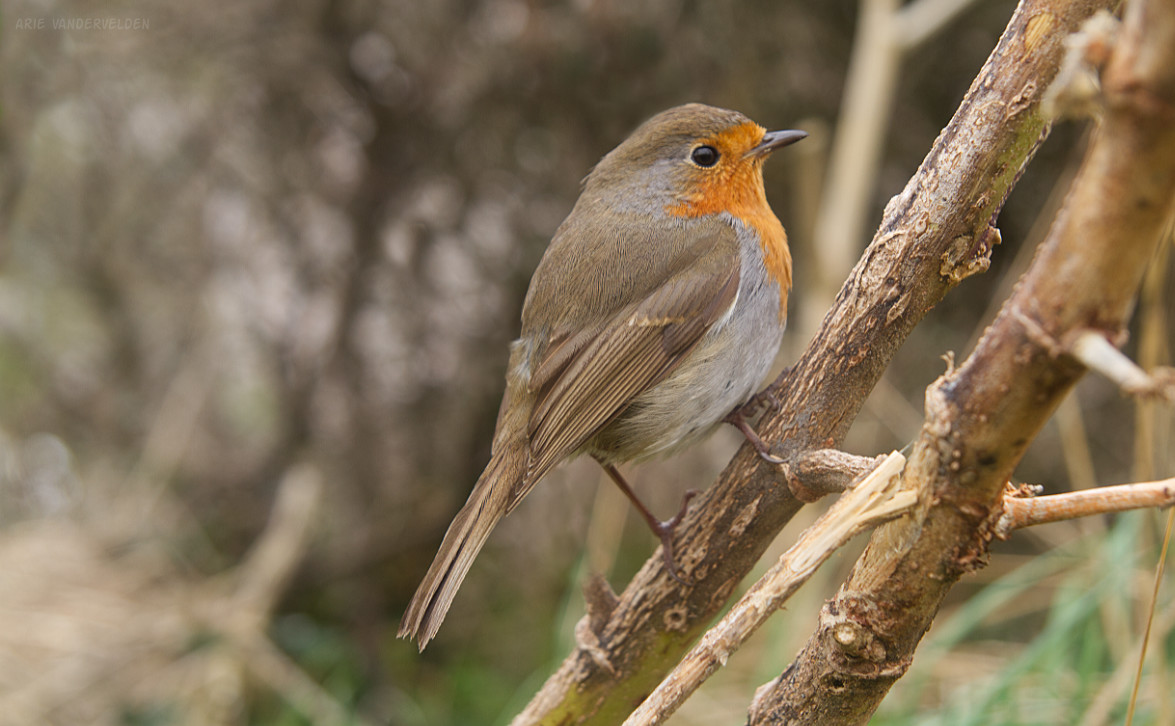
The superb coastal scenery kept going and going.
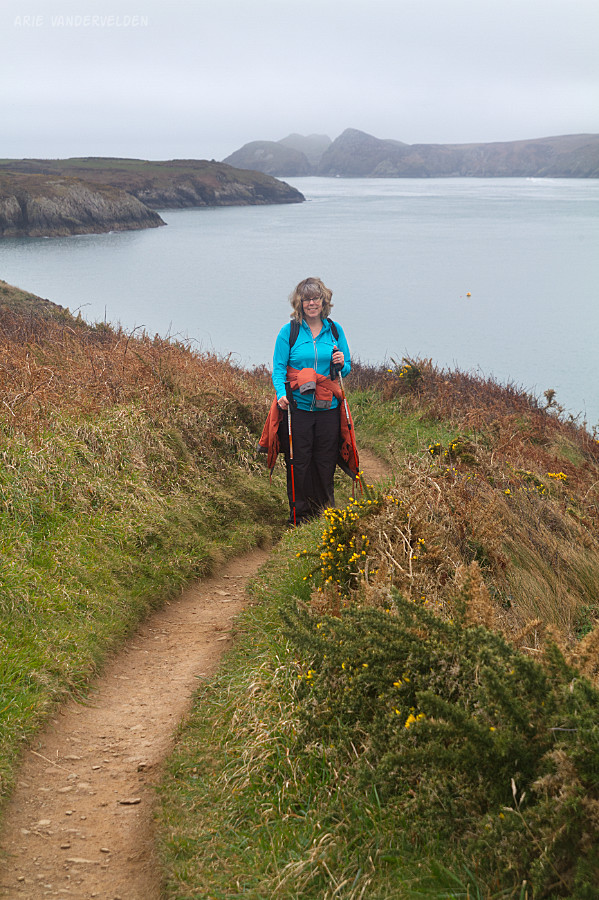
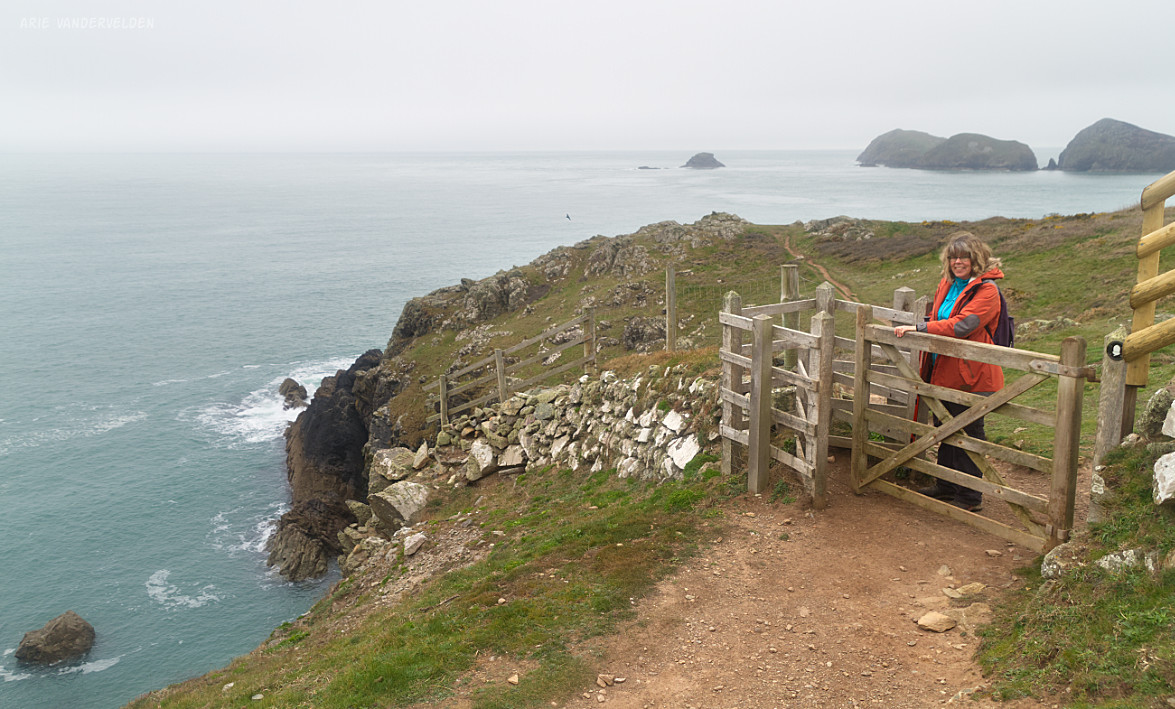

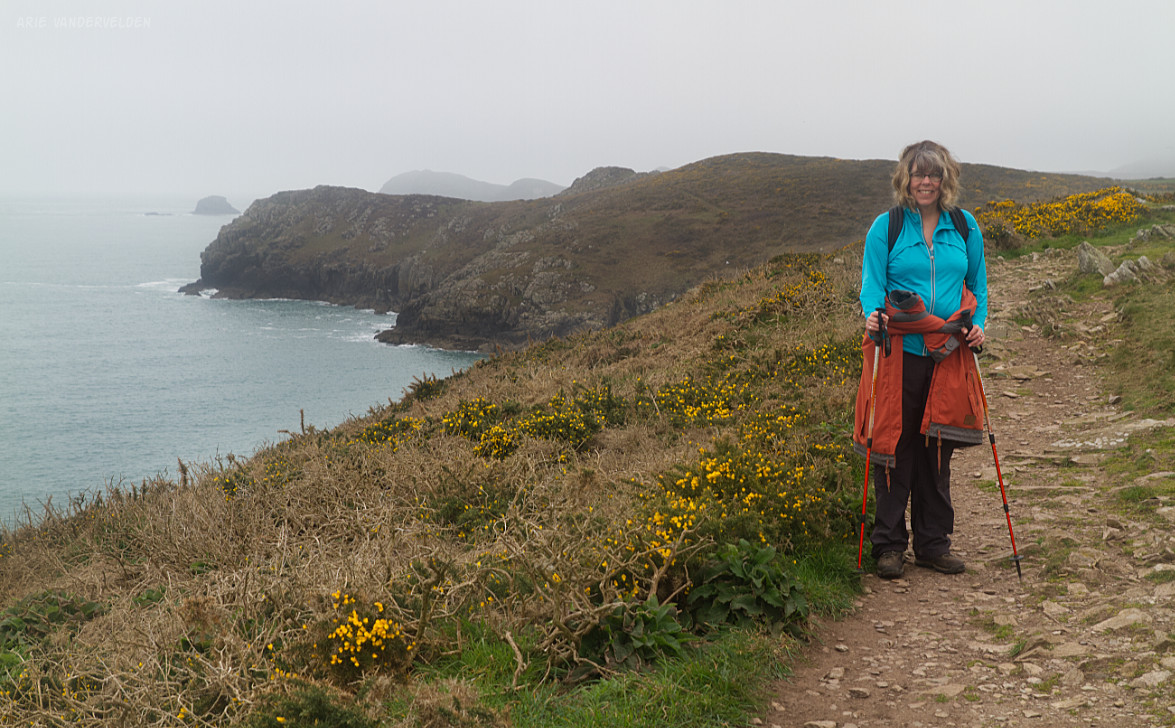
Back in town we treated ourselves to a cream tea.
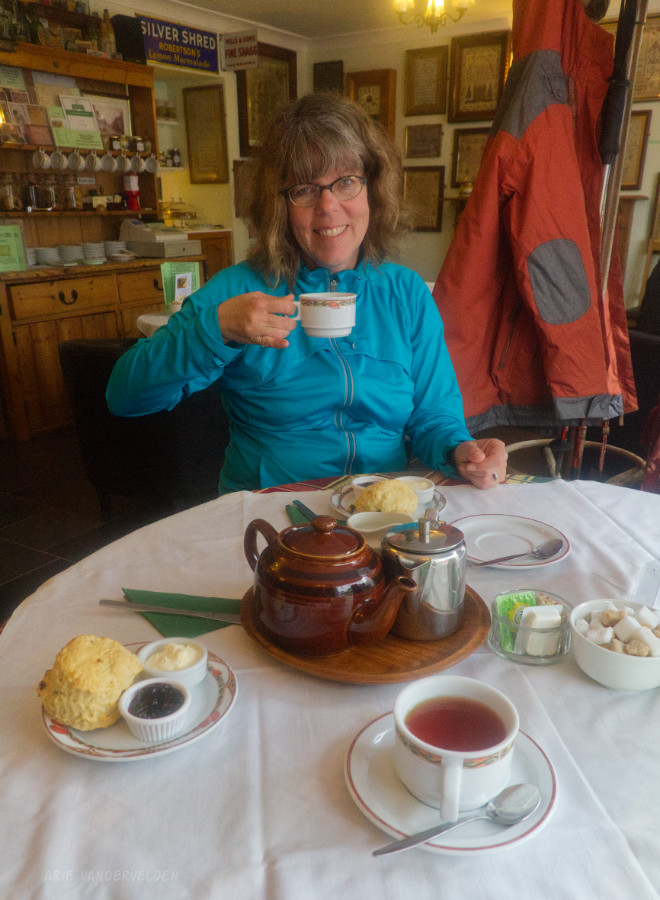
St. Davids to Newgale/Roch
We woke up to drizzly weather, and there was a wind blowing too. Luckily the wind was at our back this time. A short distance up the trail we came across some ponies.
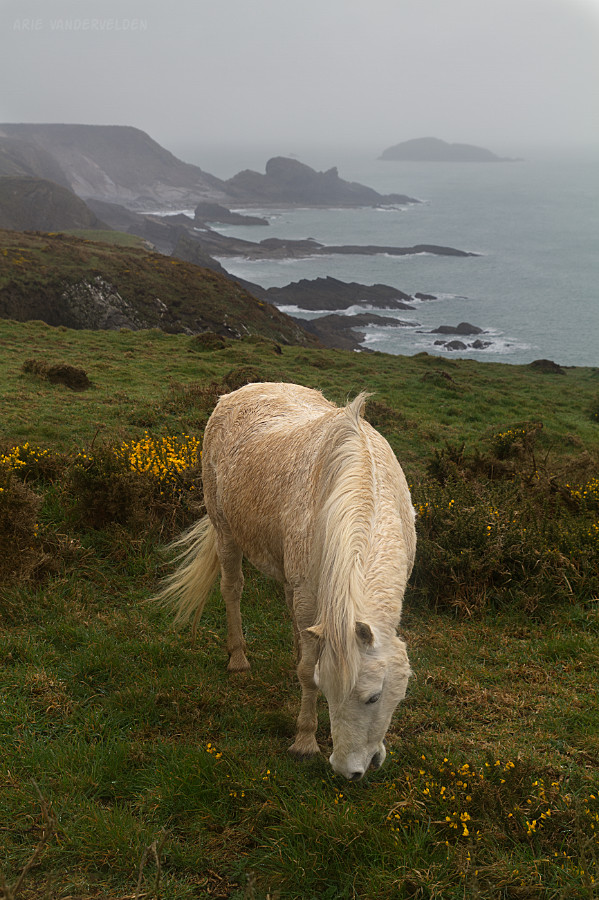
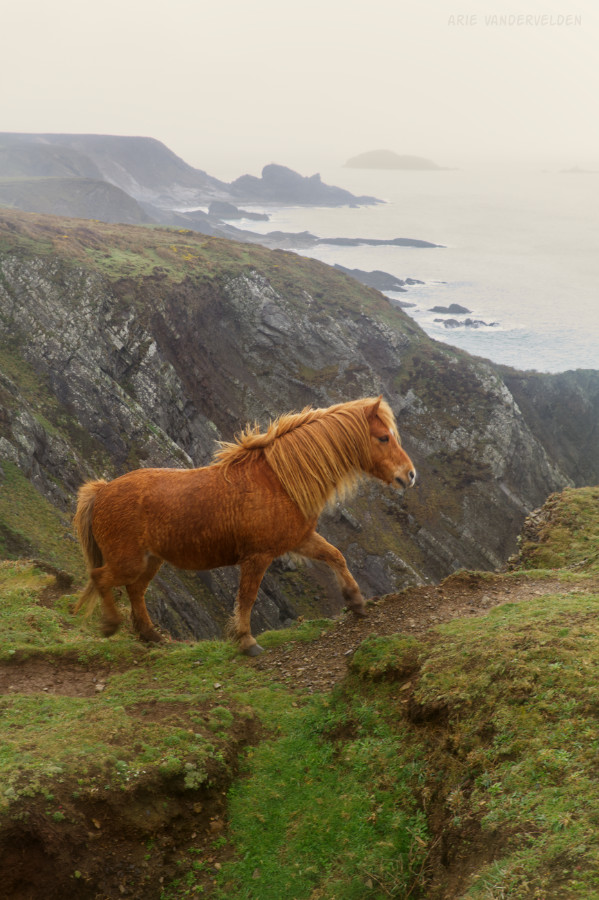
This section of the trail crossed a lot of gullies containing small creeks flowing to the sea.

At Solva there is an inlet that requires a detour inland.

The trail wound around headlands and bays.
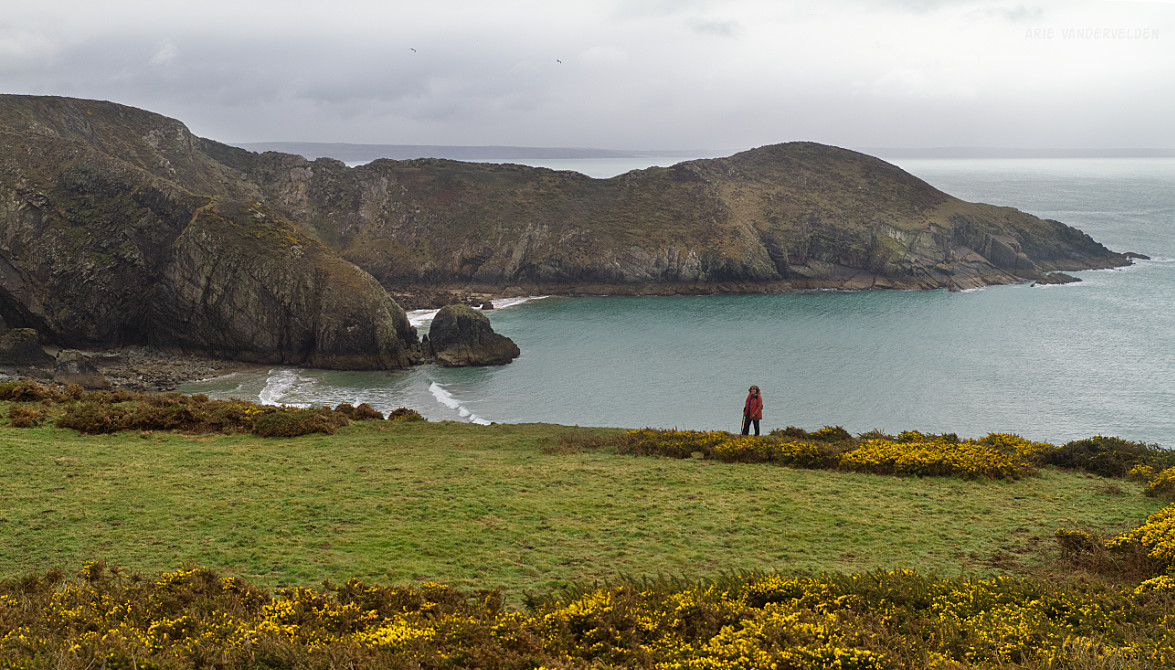
Checking out a headland.
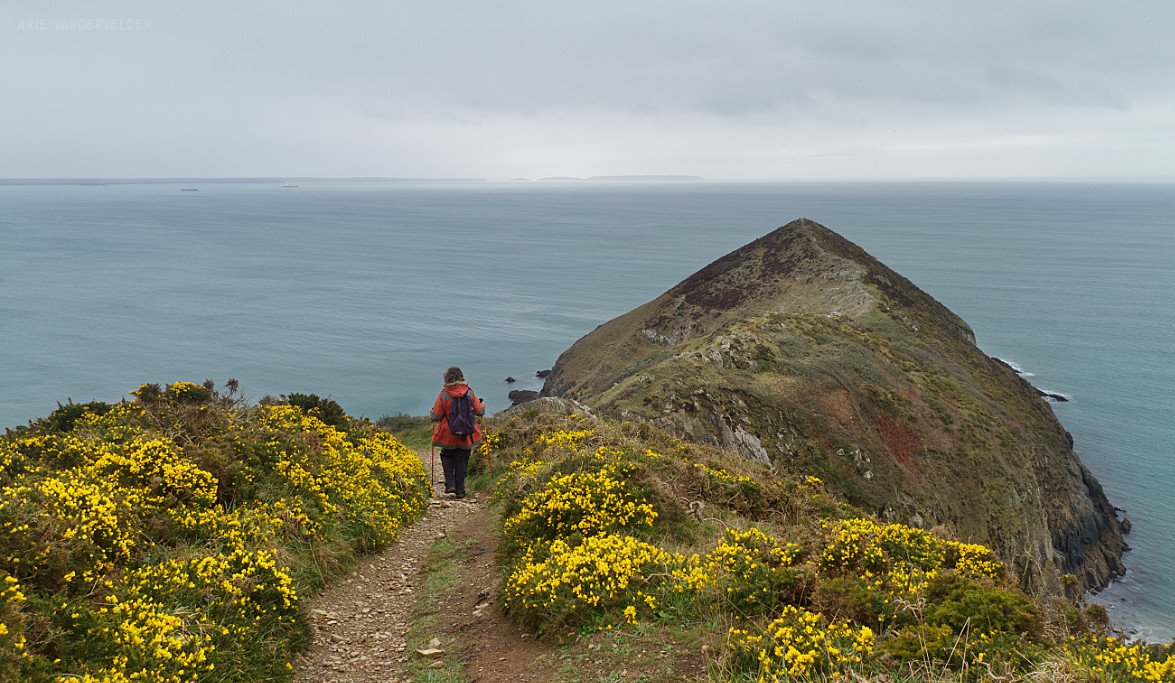
Coastal scenery.
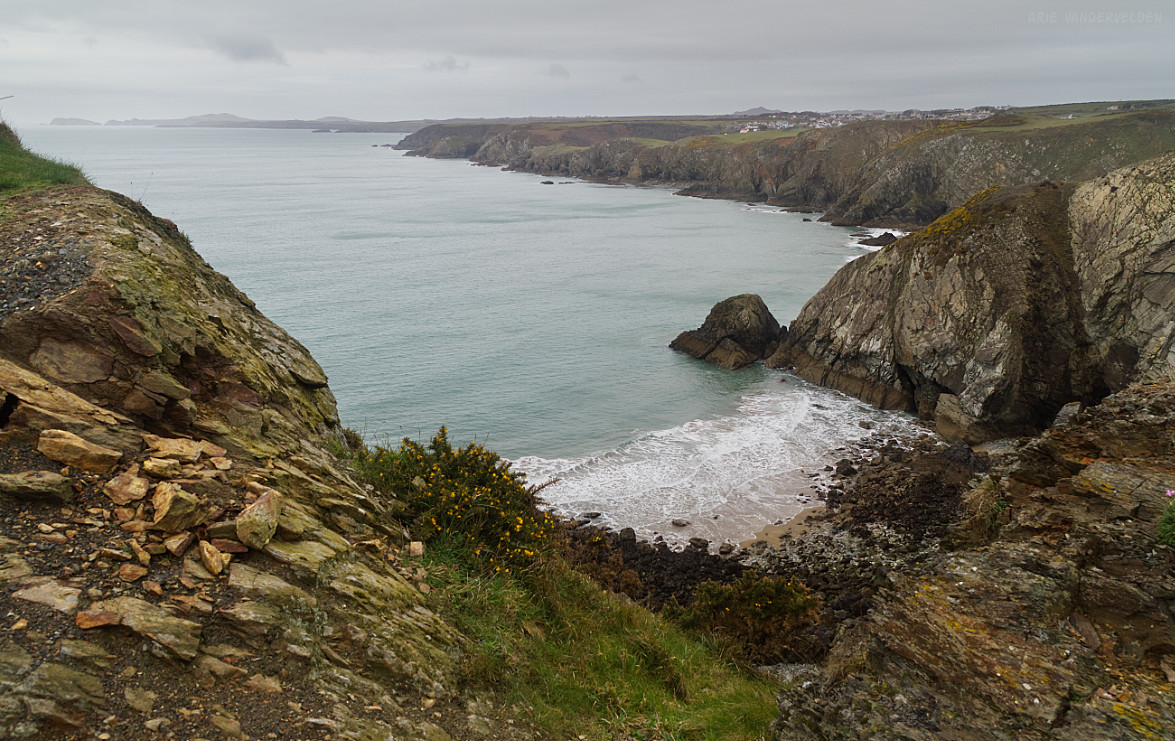
Destination in sight: the long beach ahead is Newgale Beach, and the town on the horizon is Roch.

It took a bit of searching to find Southwood Farm, our B&B for the night. Southwood Farm is a beautiful centuries-old Welsh farmhouse with walls made of stone several feet thick. The place is tastefully done up with antiques, and the breakfast was one of the best we had in Wales. It’s the proper way to start a day of hiking!


Continue to the final part of our Pembrokeshire hike.
Logistics
- Whitesands Bay to St. Davids via St Non’s is 8.6 miles, or 14 km
- St. Davids to Newgale/Roch via St. Non’s is about 11 miles, or 18 km
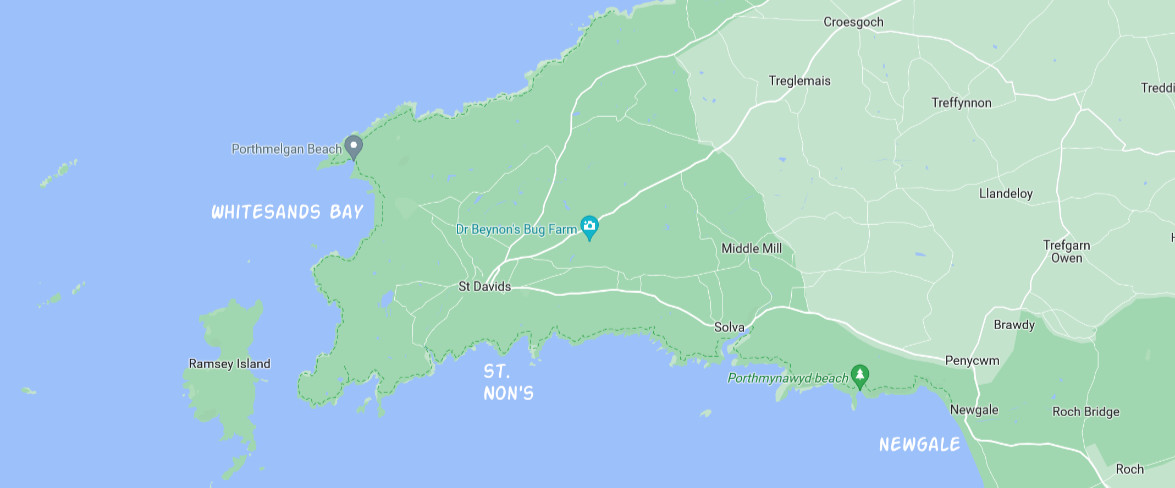
- In St. Davids we stayed at The Grove Hotel. Recommended.
- In Newgale/Roch we stayed at Southwood Farm. The farm is actually halfway between Newgale and Roch, on the south side of the road. The owners were friendly, the accommodations very comfortable, and the Welsh breakfast was superb. Highly recommended.
